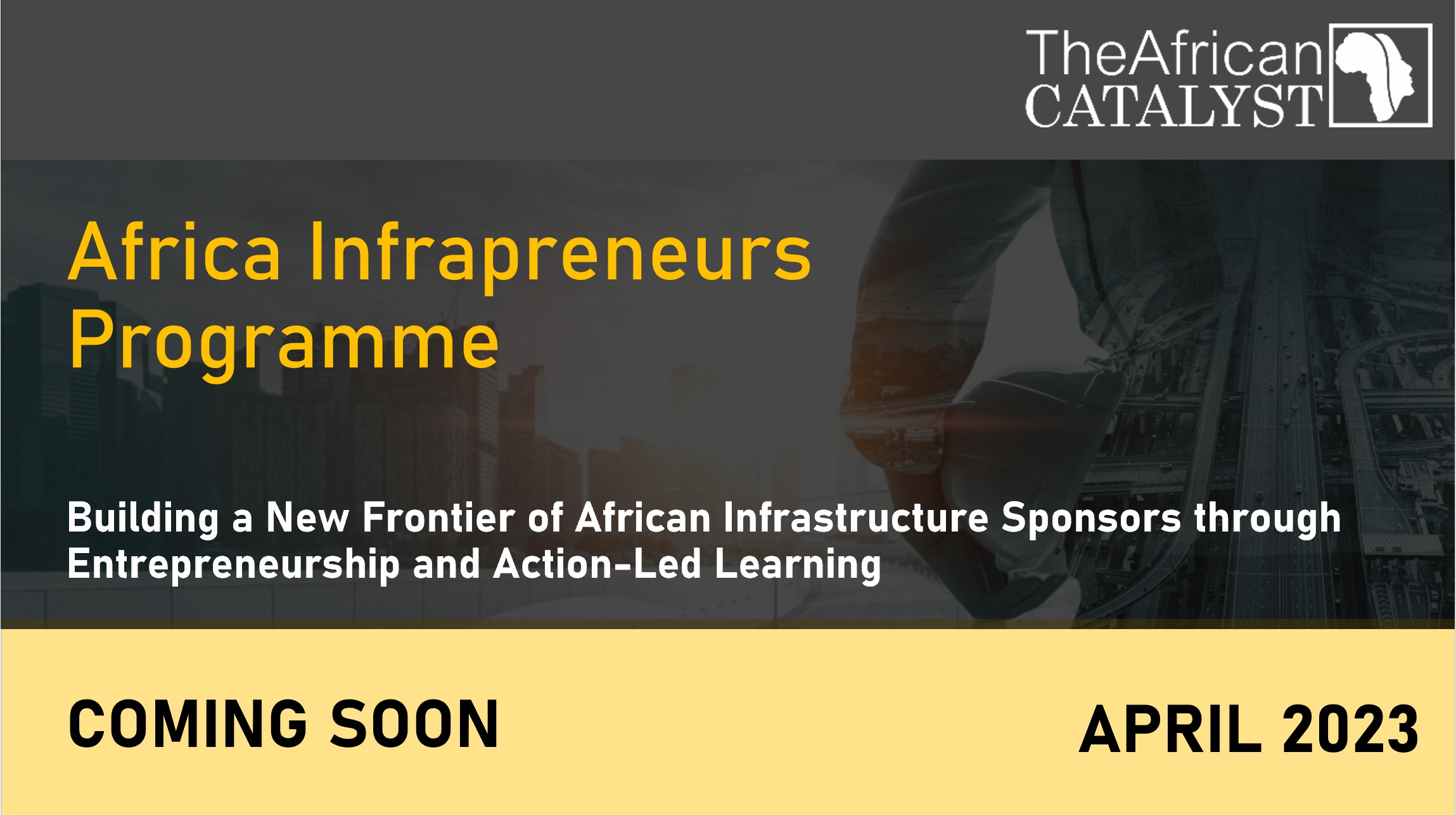Africa's infrastructure sector is at a pivotal juncture, as it faces a massive infrastructure deficit, affecting both the achievement of structural transformation and market integration.
This article by The African Catalyst reviews AfDB’s publication on financing Africa’s infrastructure, using new strategies, mechanisms, and instruments.
Financing Africa's Infrastructure
According to the ECA, there is an urgent need to close Africa’s infrastructure deficit at scale and at speed if the continent is to meet its development objectives - as stipulated in various national development plans, the UN 2030 Agenda for Sustainable Development, and Agenda 2063. This means investing up to US$170 billion per year in sectors such as energy, transport, water, sanitation, urban, and ecosystems.
According to the AfDB, African countries seeking financial resources now have a wide variety of options, well beyond foreign aid, and hence, there are many new financing mechanisms that could be implemented in all African countries, taking into account the specific economic circumstances and the productive structures of national economies.
“Poor infrastructure is not an insurmountable barrier for launching economic transformation. Public funds will not be sufficient in these challenging times. We have to look for additional capital from development partners, the private sector and institutional investors.”

The following are key takeaways from the publication:
- For much of the past two decades, the global economy has been characterized by excess savings in many advanced countries. Those savings could be channeled into financing profitable infra- structure projects in developing regions, especially Africa, to achieve the G20’s industrialization goal. Majorly, matching the excess savings and the investment opportunities beyond national boundaries would create win-wins for all players. That this mutually profitable global transaction is not taking place is one of the biggest paradoxes of current times. Some of the world’s major economic problems —slow growth, global unemployment, climate change, uncontrolled migration—can be solved only if Africa becomes economically prosperous.
- According to the AfDB, matching the excess savings and the investment opportunities beyond national boundaries would create win-win for all players. Policy makers in advanced and developing countries should be striving to create conditions for harmonious development, to sustain or generate lasting prosperity. Private actors everywhere are searching for profitable ventures at reasonable levels of risk—they need to make profits to stay in business.
- Since the high inflation of the 1970s, world interest rates have tumbled. Today, vast amounts of capital are looking for higher yields than those in OECD countries. Some African countries are taking advantage of the low rates (box 4.3). The securitization of sovereigns such as Mozambique and Ghana, as well as the lengthening of maturities for local currency debt, are major trends. The following are potential new funding sources for African infrastructure: sovereign wealth funds, pension funds, foreign direct investment, international bond markets, infrastructure-related funds, and other international financial institutions like the New Development Bank, and the Asian Infrastructure Investment Bank.
- Despite the challenges of providing productive infrastructure in Africa, there are successful practices of infrastructure project development experimented with on the continent and across the world. Many of them could be implemented in all African countries, taking into account the specific economic circumstances and the productive structures of national economies. This includes optimizing infrastructure projects as an asset class to attract institutional investors, and incorporating financial products for infrastructure through PPPs or through local and international capital markets.
- Countries should better leverage public funds and infrastructure investments, while encouraging private sector participation. But the different stages of development of African countries mean that the policy approaches need to be country specific. AfDB suggests the following policy recommendations: strengthen the governance and institutional framework, focus on maintenance and the productivity of infrastructure, adopt a pragmatic approach in strategically prioritizing infrastructure, address the infrastructure deficit in special economic zones and industrial parks, mobilize domestic resources through well-targeted subsidies and rigorous collection of fees, and attract more private funding to infrastructure projects.
Read more here.


